You can connect a Windows 11 PC to a Wi-Fi network in various ways, and in this guide, we'll look at four of them.
Windows 11 makes it easy to connect laptops, tablets, and desktop computers to a wireless network to access the internet and other local network resources. However, it's only easy as long as you know the tools and process to make the connection.
If you are setting up a connection in a new network or want to learn a more efficient way to connect multiple computers, Windows 11 has different tools to make the connection without cables, using the Taskbar, Settings, Control Panel and Command Prompt.
In this Windows 11 guide, we will walk you through the different ways to connect your computer to a Wi-Fi network.
- How to connect to Wi-Fi network using Taskbar
- How to connect to Wi-Fi network using Settings
- How to connect to Wi-Fi network using Control Panel
- How to connect to Wi-Fi network using Command Prompt
How to connect to Wi-Fi network using Taskbar
To connect to a Wi-Fi network through the Windows 11 Taskbar, use these steps:
-
Click the Network icon in the bottom-right corner to open Quick Settings.
Quick tip: You can also use the Windows key + A keyboard shortcut to open the settings flyout. On Windows 11, there are several other shortcut, you can learn more in this guide.
-
Click the button next to the wireless icon.
- Select the wireless connection.
- (Optional) Check the Connect automatically option.
-
Click the Connect button.
-
Confirm the network security key (password).
- Click the Next button.
- Confirm whether the device should be discoverable in the network.
Once you complete the steps, the laptop will connect to the network using the wireless connection.
Reconnect automatically
In addition, Windows 11 also offers an option to reconnect the device automatically after disconnecting the adapter manually.
To set the Wi-Fi adapter to reconnect automatically on Windows 10, use these steps:
- Click the wireless icon in the system tray.
-
Click the button next to the wireless icon.
-
Use the drop-down menu and select when to reconnect automatically:
- Manually.
- In one hour.
- In four hours.
- In one day.
After you complete the steps, Windows 11 won't reconnect until the time you selected. When using this functionality, the computer will only connect automatically to the networks you have connected to in the past.
How to connect to Wi-Fi network using Settings
You can also set up wireless connections manually using the Settings app. This way, when the network is in range or hiding its SSID (Service Set Identifier), the laptop or desktop computer can connect automatically.
To add a wireless connection manually, use these steps:
- Open Settings.
- Click on Network & internet.
- Click on Wi-Fi.
-
Click the Manage known networks page on the right side.
-
Click the Add network button.
- Confirm the name of the network.
- Use the drop-down menu to select the Security type – For example, WPA2-Personal AES.
- Confirm the network security key (password).
- Check the Connect automatically option.
-
Check the Connect even if this network is not broadcasting option (if applicable).
- Click the Save button.
Once you complete the steps, the computer will connect automatically when the Wi-Fi network is in range and whether it's hidden or visible.
How to connect to Wi-Fi network using Control Panel
To connect to a wireless network with Control Panel on Windows 11, use these steps:
- Open Control Panel.
- Click on Network and Internet.
-
Click on Network and Sharing Center.
-
Under the "Change your networking settings" section, click the Set up a new connection or network option.
-
Select the Manually connect to a wireless network option.
- Click the Next button.
- Confirm the network name.
- Use the drop-down menu to select the Security type — for example, WPA2-Personal.
- Confirm the network security key (password).
- Check the Start this connection automatically option.
-
(Optional) Check the Connect even if the network is not broadcasting option.
- Click the Next button.
- Click the Close button.
Once you complete the steps, the device will automatically connect to the Wi-Fi network.
How to connect to Wi-Fi network using Command Prompt
You can also use the netsh command-line tool in Command Prompt to connect to a Wi-Fi network on Windows 11.
To connect to a Wi-Fi network with commands on Windows 11, use these steps:
- Open Start.
- Search for Command Prompt, right-click the top result, and select the Run as administrator option.
-
Type the following command to view the available network profiles and press Enter:
netsh wlan show profile -
Confirm the wireless profile.
-
Type the following command to connect to the wireless network on Windows 11 and press Enter:
netsh wlan connect ssid=YOUR-WIFI-SSID name=PROFILE-NAMEIn the command, update the name (SSID) of the network and profile name with your network information.
For example, this command connects to the "tsunami" network using the "tsunami" profile:
netsh wlan connect ssid=tsunami name=tsunamiQuick Tip: On a computer with multiple adapters, you also have to specify the adapter name in the command. For example,:
netsh wlan connect ssid=YOUR-WIFI-SSID name=PROFILE-NAME interface=Wi-Fi.
After you complete the steps, the laptop will connect to the Wi-Fi network.
Create network connection
The netsh command tool also allows you to manage Wi-Fi adapters and networks. The only issue is that you can only manage existing profiles. You cannot create new network profiles with this tool.
If you have to use Command Prompt to connect one or multiple computers to the same wireless network, you can export the profile created automatically during the first connection. Then you can import it using netsh to connect using commands.
Export Wi-Fi profile
To export a Wi-Fi profile with commands on Windows 11, use these steps:
- Open Start.
- Search for Command Prompt, right-click the top result, and select the Run as administrator option.
-
Type the following command to view the available network profiles and press Enter:
netsh wlan show profile -
Type the following command to export a profile and press Enter:
netsh wlan export profile PROFILE-NAME key=clear folder=PATH\TO\EXPORT\FOLDERFor example, this command exports the tsunami profile to the "Documents" folder.
netsh wlan export profile tsunami key=clear folder=C:\Users\m\Documents
Once you complete the steps, you can import the same XML file to connect other computers to the wireless network.
Import Wi-Fi profile
To import a Wi-Fi profile on Windows 11, use these steps:
- Open Start.
- Search for Command Prompt, right-click the top result, and select the Run as administrator option.
-
Type the following command to determine the name of the network adapter and press Enter:
netsh wlan show interfaces - Confirm the name of the adapter that will connect to the network.
-
Type the following command to import the wireless profile and press Enter:
netsh wlan add profile filename="PATH\TO\PROFILE.XML" Interface="YOUR-WIFI-ADAPTER-NAME" user=currentIn the command, you must specify the location of the XML file and network interface name.
For example, this command imports the XML profile located in the "Documents" folder to the Wi-Fi adapter:
netsh wlan add profile filename="C:\Users\m\Documents\wi-fi-tsunami.xml" Interface="WI-FI" user=current -
Type the following command to connect to the wireless network and press Enter:
netsh wlan connect ssid=YOUR-WIFI-SSID name=PROFILE-NAMEIn the command, you must specify the SSID and profile name that corresponds to your network.
For example, this command connects to an access point using the "tsunami" SSID and "tsunami" profile name:
netsh wlan connect ssid=tsunami name=tsunamiQuick tip: If you have multiple wireless interfaces, you must also specify which adapter you want to use in the command. For example,
netsh wlan connect ssid=YOUR-WIFI-SSID name=PROFILE-NAME interface=Wi-Fi.
After you complete the steps, the computer should connect to the wireless network automatically.
More Windows resources
For more helpful articles, coverage, and answers to common questions about Windows 10 and Windows 11, visit the following resources:

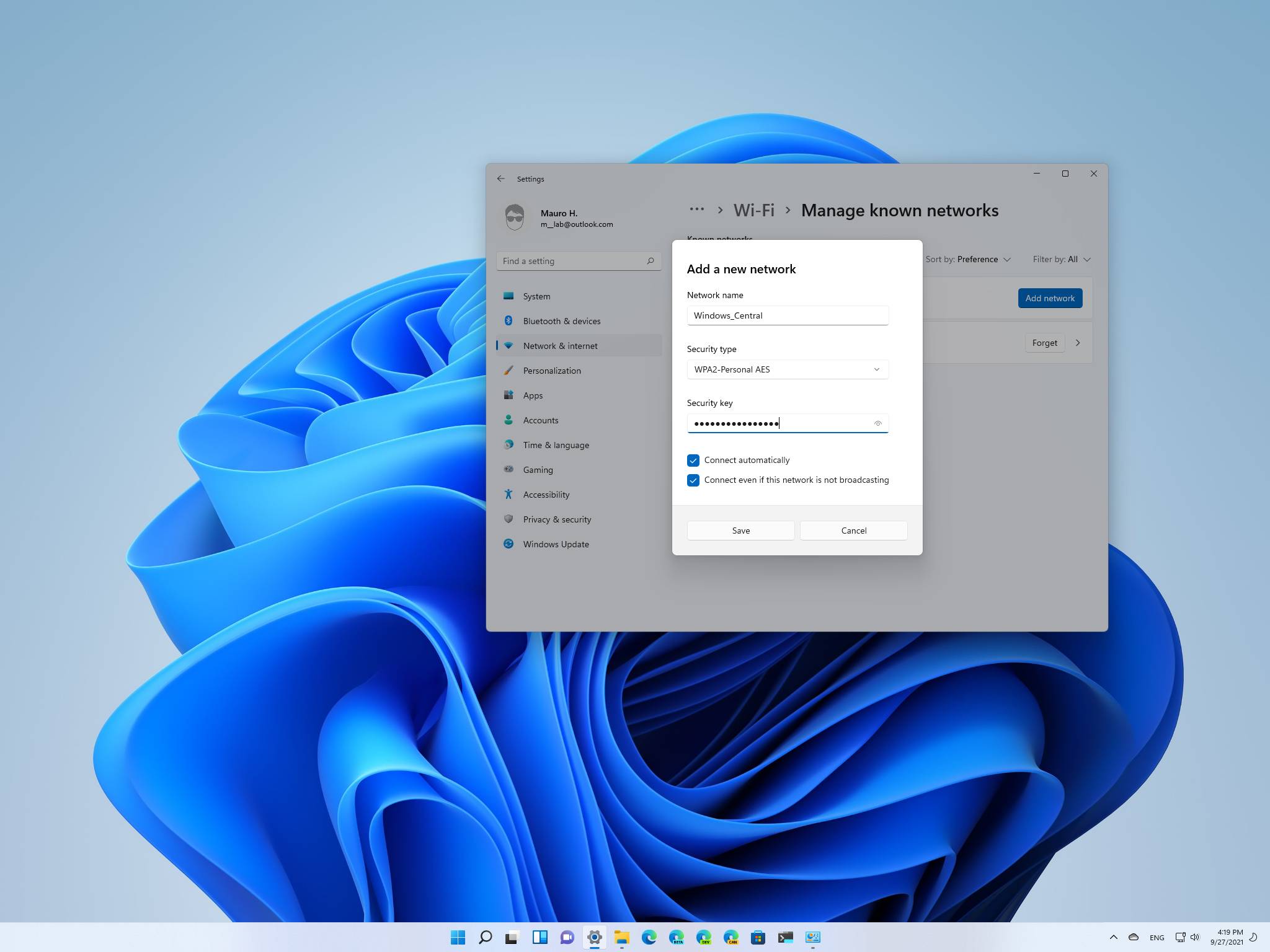
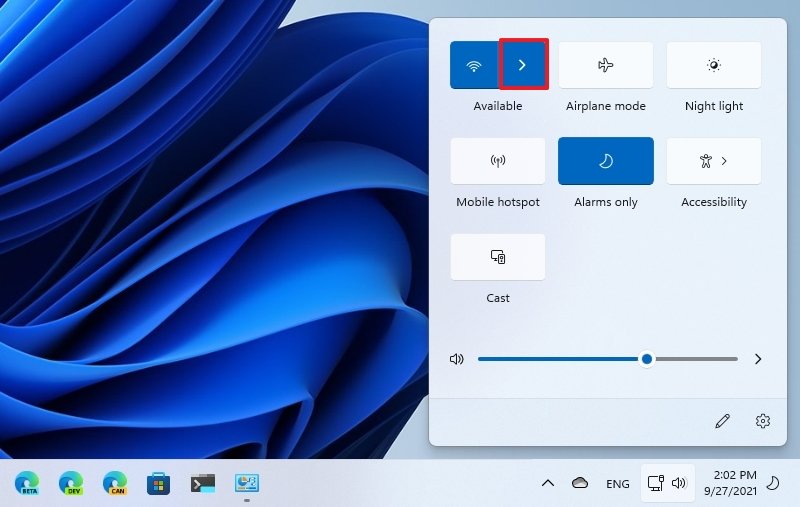
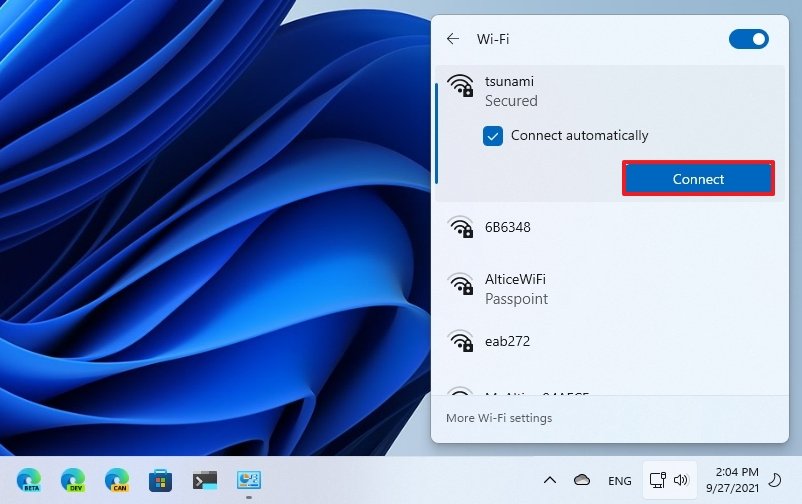
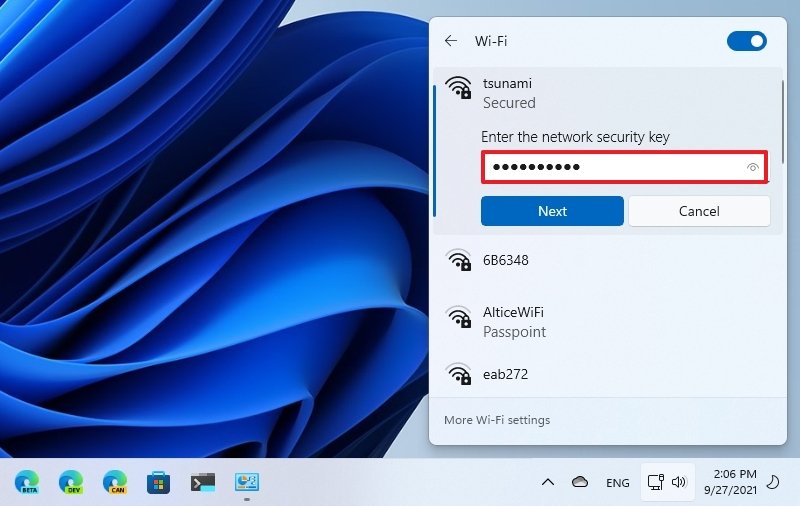
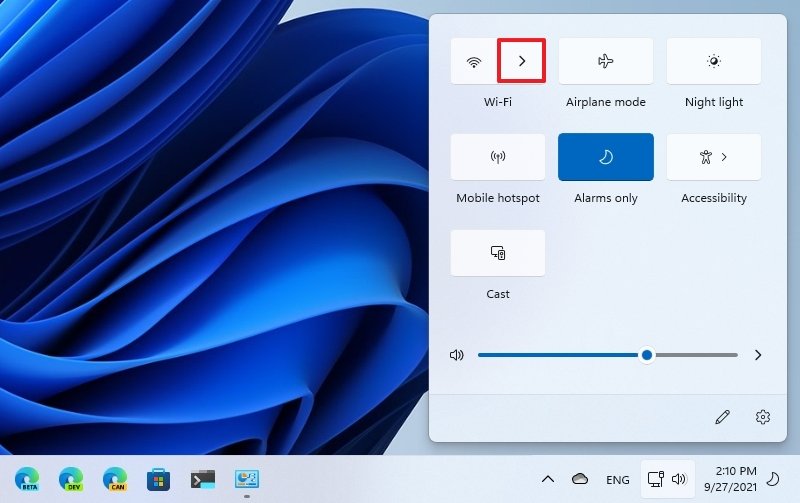
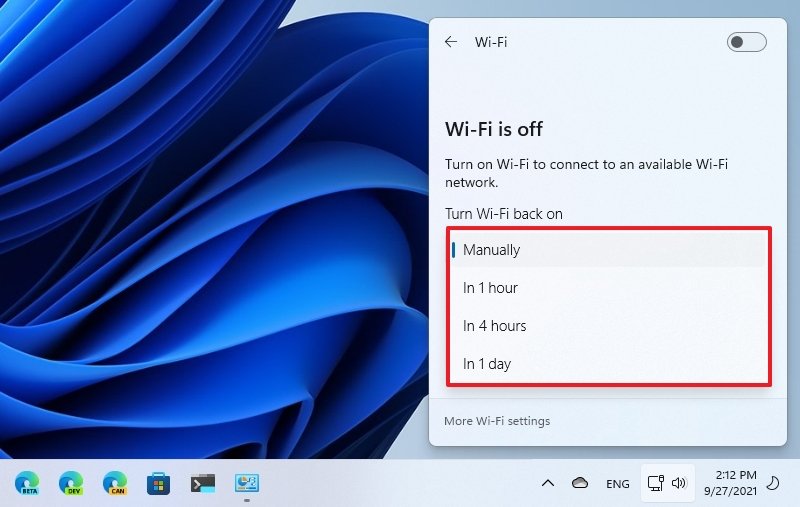
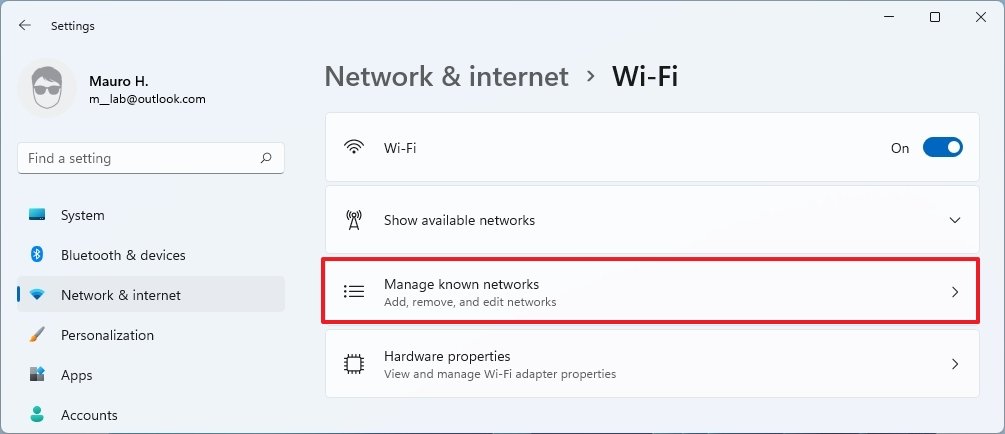
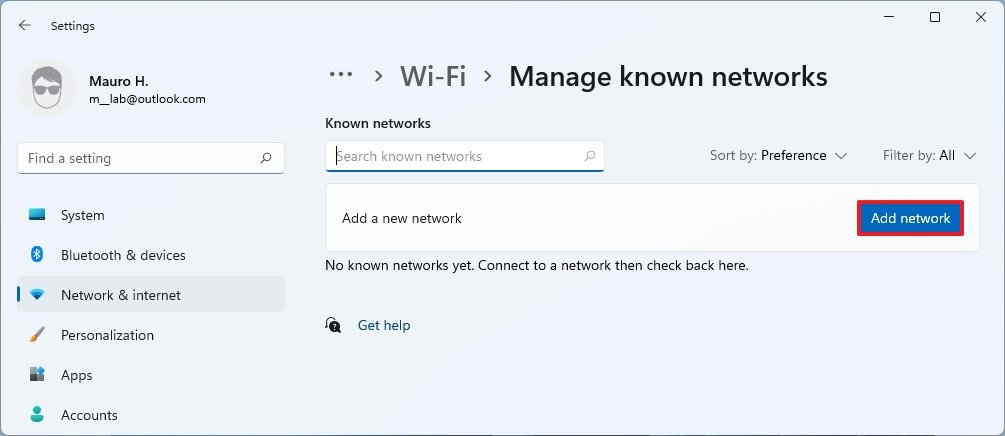
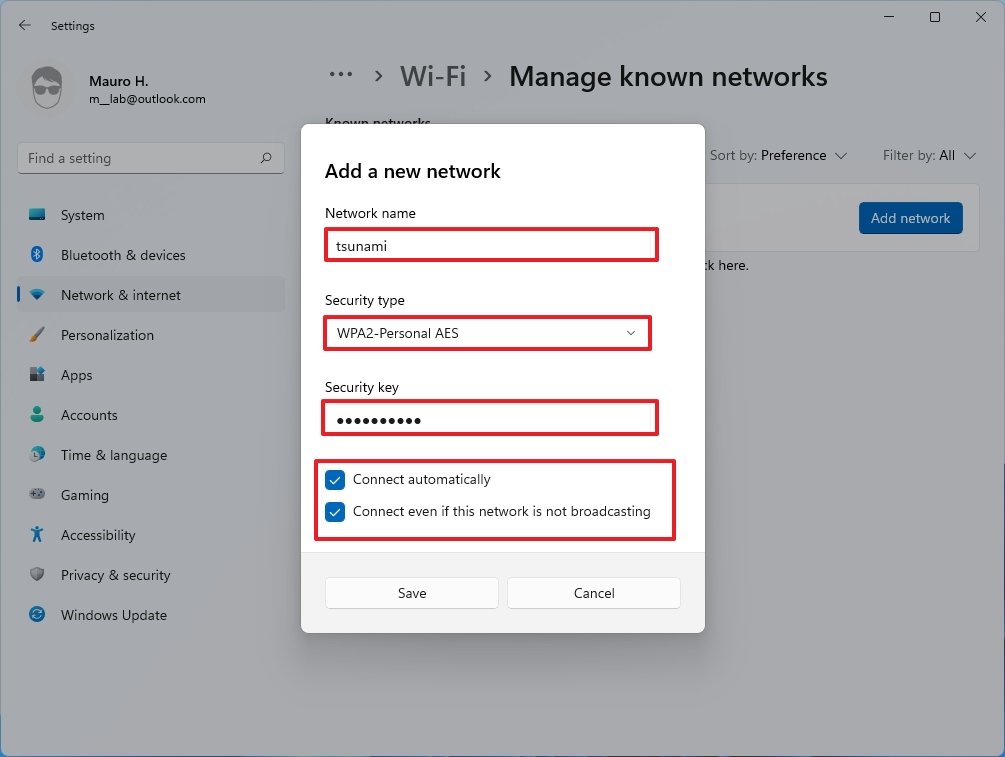
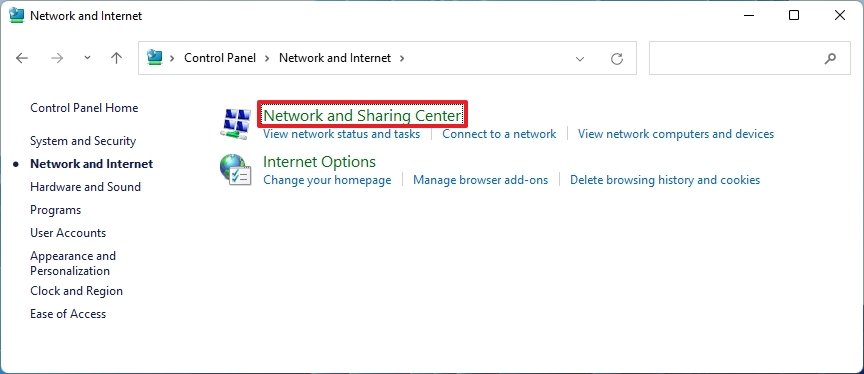
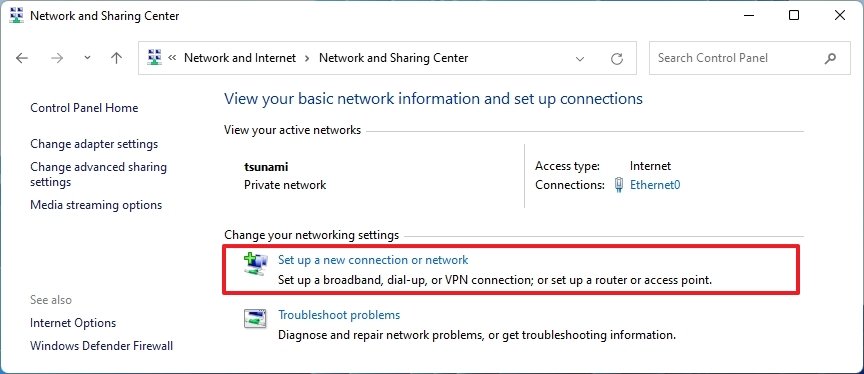
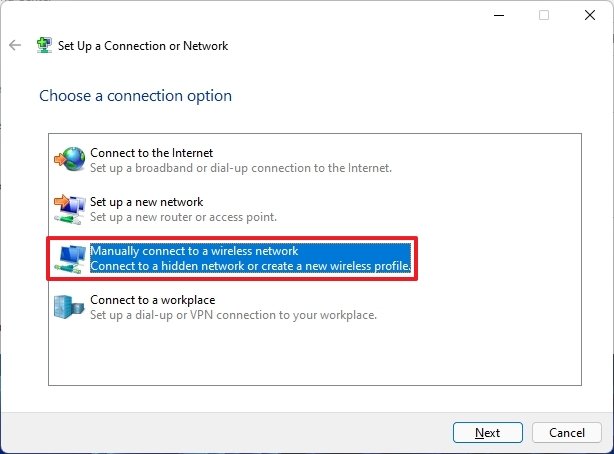
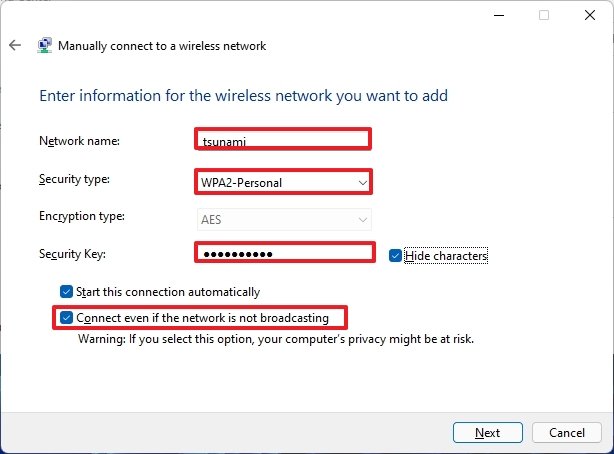
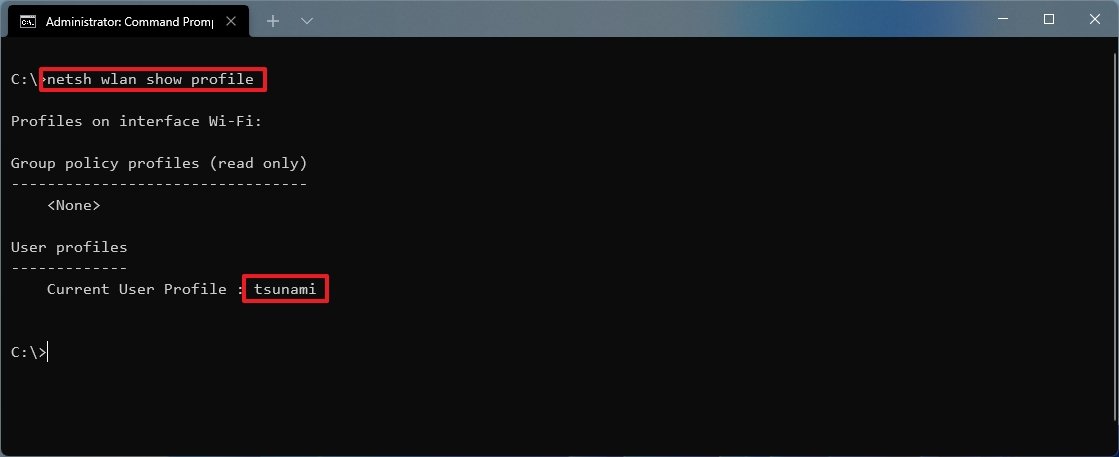

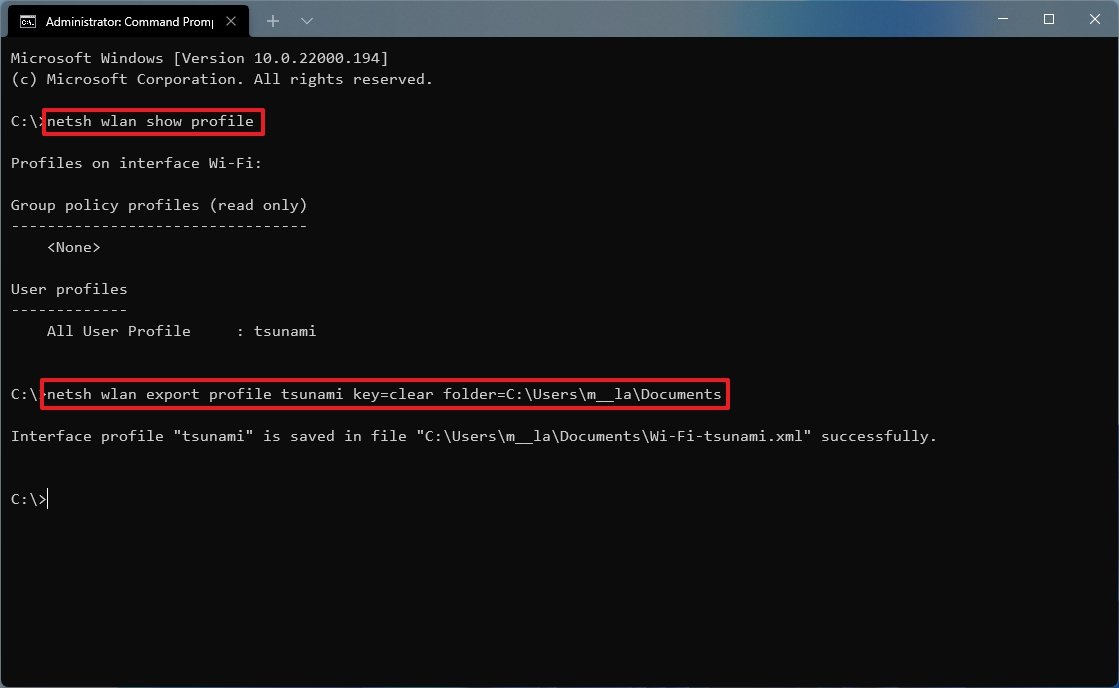
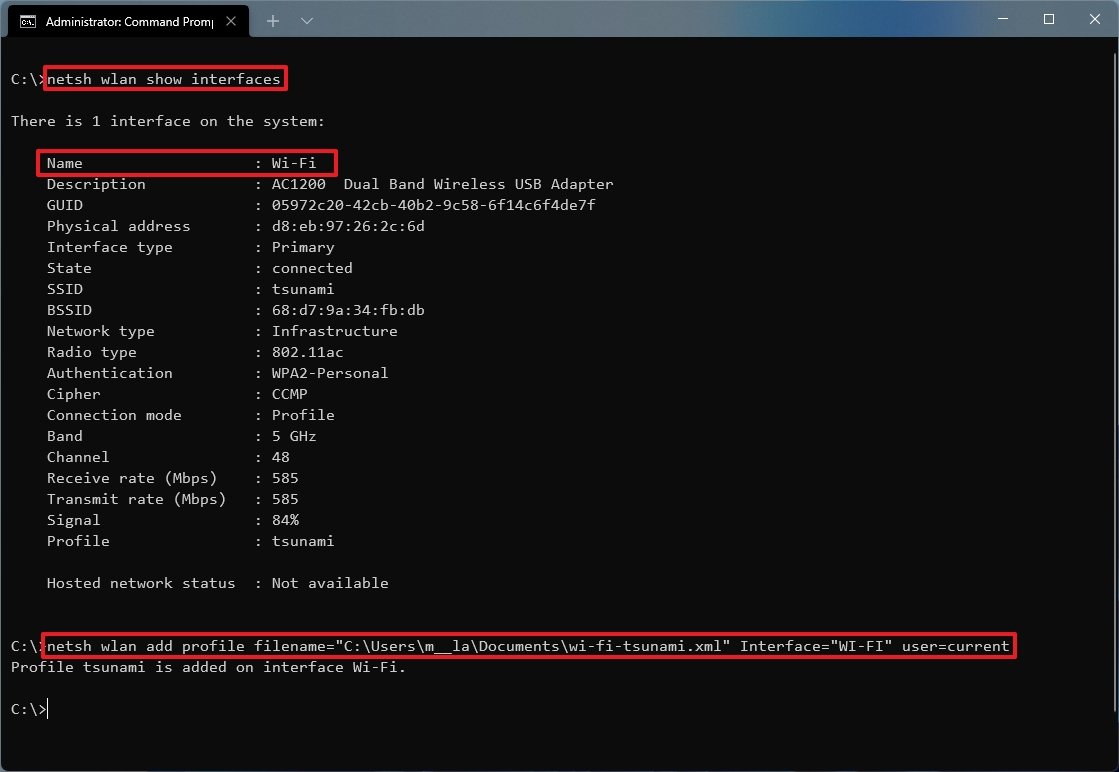




0 comments:
Post a Comment